
Original Concept Art by Michael Gitter
1. Caterpillars

PickPik
Some caterpillars have evolved a fascinating way to defend themselves using their saliva. When threatened, they release a sticky, and sometimes toxic, fluid that effectively deters predators. This defensive spit can contain chemicals that irritate or even poison attackers, making them think twice about pursuing their prey. The sticky nature of the saliva can also physically hinder a predator’s movements, providing the caterpillar with valuable time to escape. While it may seem like an unusual defense mechanism, this clever use of saliva helps caterpillars survive in a world full of dangers, turning a simple bodily fluid into a powerful shield.
2. Spitting Cobras
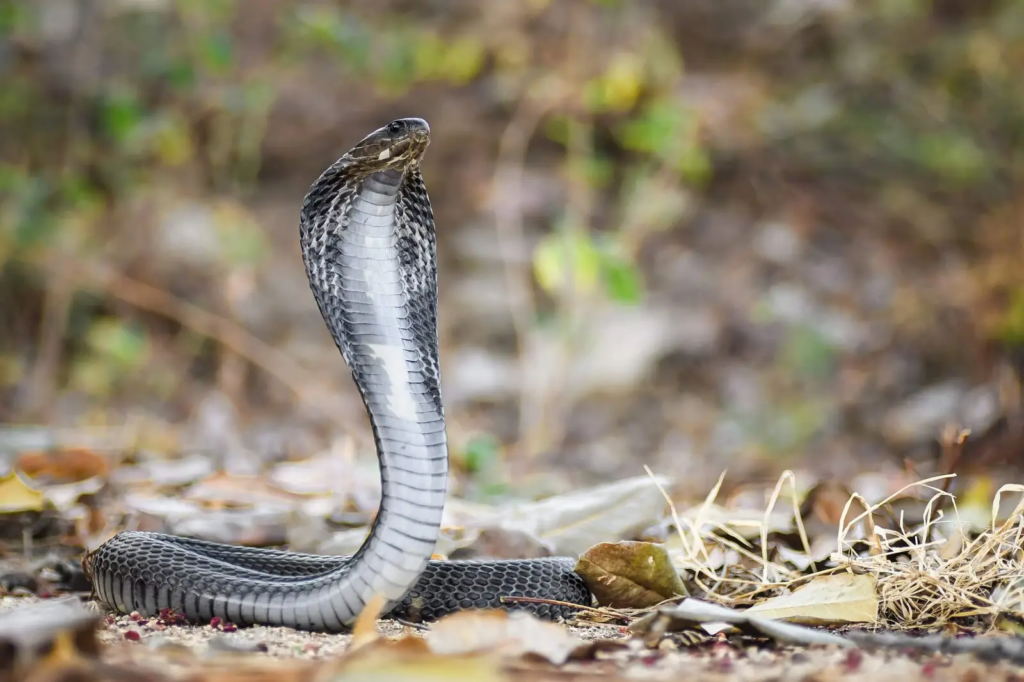
Animalia
Spitting cobras don’t just bite—they have the ability to spit venom with impressive accuracy. These venomous snakes can spray their toxic saliva several feet, targeting the eyes of predators or threats. If the venom makes contact, it causes intense pain, inflammation, and even temporary blindness, incapacitating their target. What makes them even more dangerous is that they don’t need to bite to deliver their venom, giving them a significant advantage in protecting themselves. This ability to spit venom is the ultimate defense mechanism, turning their fangs into a long-range weapon that ensures they stay one step ahead of danger.
3. Vampire Bats

Flickr
Vampire bats might sound like something out of a horror movie, and their saliva plays a big role in their terrifying feeding habits. These small bats feed on the blood of other animals, and their saliva contains an anticoagulant called “draculin” that prevents the blood from clotting. This allows them to feed undisturbed, as their prey’s blood continues to flow while they lap it up, without worrying about it drying up. While it may be gross, it’s a genius adaptation that helps these nocturnal creatures survive, ensuring they can feed in the dark of night without interruption.
4. Blowfly Larvae

DeviantArt
Blowfly larvae, also known as maggots, are nature’s ultimate cleanup crew, but they come with a truly disgusting trick. Their saliva contains powerful enzymes that liquefy flesh, making it easier for them to feed. Whether it’s a rotting carcass or even living tissue, these larvae spit their digestive juices onto their food, transforming it into a soupy, liquid mess they can then slurp up. This method of feeding is both highly efficient and revolting, as the larvae use their saliva to break down and consume their food in a way that most creatures would find utterly repulsive, but it’s a key part of their survival strategy.
5. Archerfish
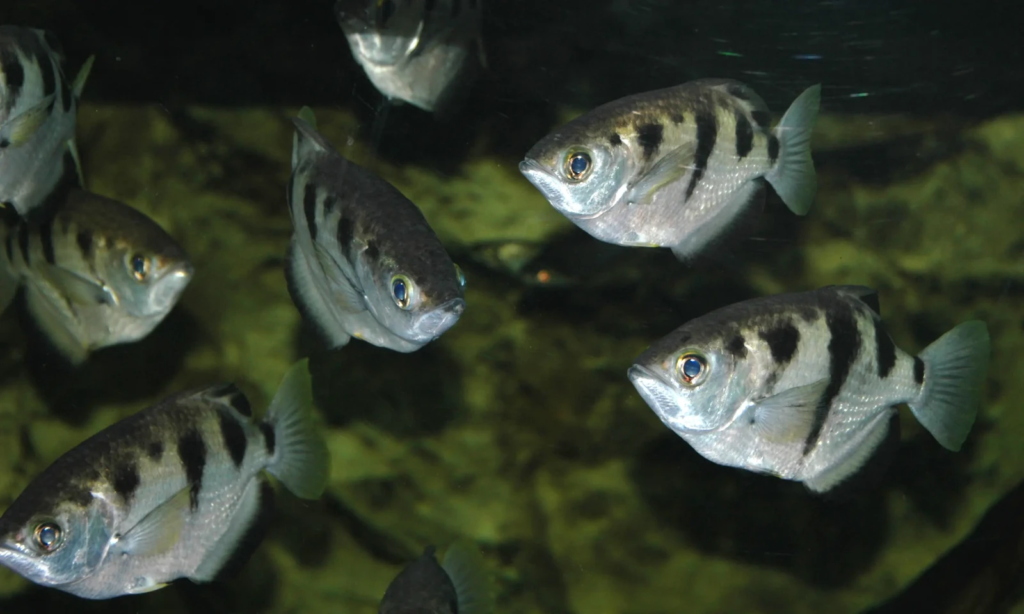
Animalia
Archerfish are the sharpshooters of the underwater world, using their specialized mouths to spit precise streams of water at insects perched above the water’s surface. This powerful, weaponized spit knocks the prey into the water, where the archerfish can easily devour it. While technically not saliva, the fish’s spit is still a highly effective tool for hunting, showcasing their remarkable aim and survival instincts. With incredible accuracy, the archerfish leaves insects with nowhere to hide, turning a simple stream of water into a deadly projectile. It’s a fascinating example of how spit can be used as a weapon in the animal kingdom.
6. Gila Monsters
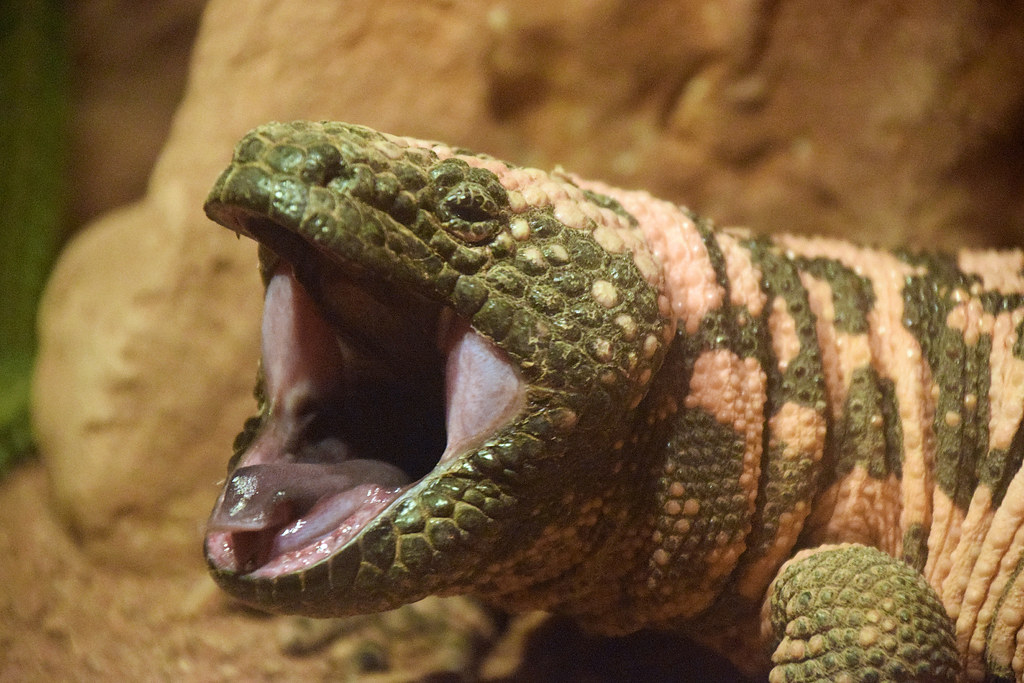
Flickr
Gila monsters are venomous lizards that use their saliva to subdue prey in a truly painful way. When they bite, venom is delivered into the wound, causing excruciating pain and paralysis in their victims. While the saliva itself isn’t injected directly, it flows into the bite as the Gila monster chews, ensuring the prey feels every painful moment. This venomous saliva effectively immobilizes the prey, allowing the lizard to overpower it. Fortunately, these slow-moving lizards are not aggressive unless provoked, giving potential threats a chance to avoid the deadly consequences of their weaponized saliva.
7. Sea Slugs (Nudibranchs)

PICRYL
Sea slugs might appear harmless, but they have a fascinating and gross trick involving their spit. Some species secrete mucus that contains toxins or stinging cells they’ve stolen from their prey, such as jellyfish. This saliva-like mucus serves as both a defense mechanism and a deterrent against predators. While these soft-bodied creatures may seem squishy and defenseless, they pack a slimy, stinging punch. The mucus not only repels threats but also showcases how sea slugs cleverly turn their spit into a potent weapon, making them far from vulnerable in their underwater habitats.
8. Tsetse Flies

Flickr
Tsetse flies are notorious for spreading African sleeping sickness, and their saliva is to blame. When a tsetse fly bites, its saliva contains anticoagulants and anesthetics that prevent blood from clotting and numb the area, allowing the fly to feed undisturbed. However, the real danger lies in the fact that their saliva also carries parasites responsible for causing the disease. One tiny bite can transmit the deadly parasite, leading to severe illness or even death. It’s a grim reminder of how a seemingly harmless insect can use weaponized spit to cause widespread harm, making tsetse flies one of nature’s most dangerous vectors.
9. Birds of Prey (Like Falcons)

Animalia
Some birds of prey take a more subtle approach to saliva warfare. When feeding their young, falcons and other raptors mix saliva with food to soften it, making it easier for their chicks to digest. While this might not seem particularly threatening, the enzymes in their saliva play an important role in breaking down the meat, turning it into a more manageable meal for the chicks. This clever adaptation is nature’s version of baby food, delivered directly from mom’s beak. It’s a small but essential use of saliva that helps ensure the survival and growth of the next generation.
10. Antlions
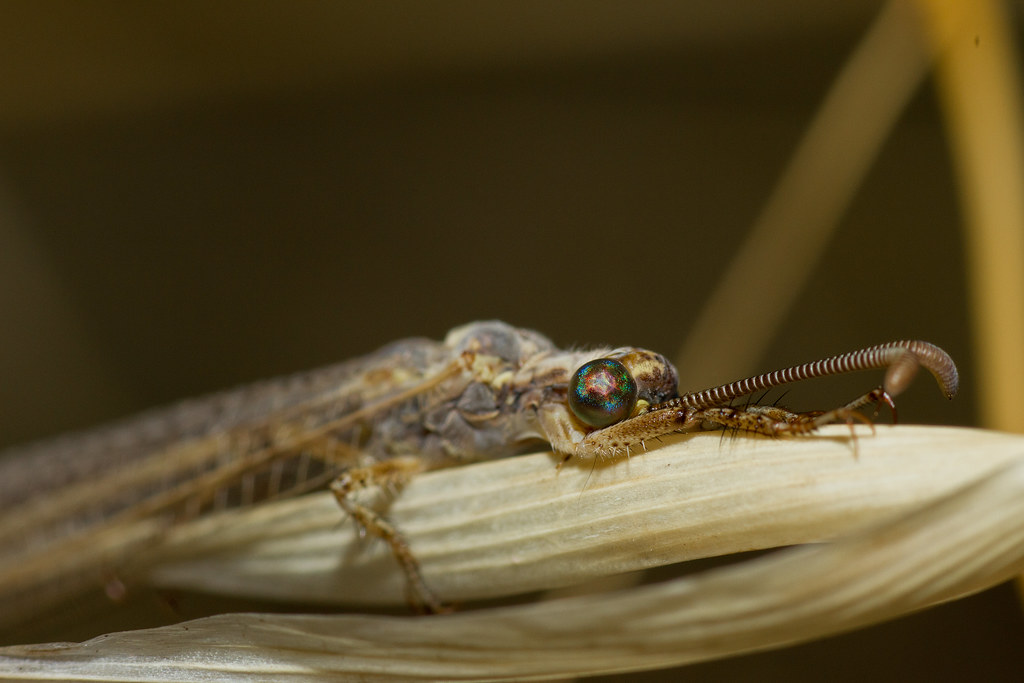
Flickr
Antlions are like sandpit assassins, and their saliva is a key part of their deadly strategy. These cunning larvae dig conical traps in the sand to capture unsuspecting ants. When an ant falls in, the antlion spits out digestive enzymes that paralyze and liquefy its prey, making it easy to consume. The saliva not only immobilizes the ant but breaks down its tissues, turning it into a liquid meal. The antlion then slurps up the resulting goo, leaving nothing but an empty exoskeleton behind. It’s a brutal, efficient end delivered by weaponized spit, showcasing nature’s ruthless precision.
11. Tick Spit
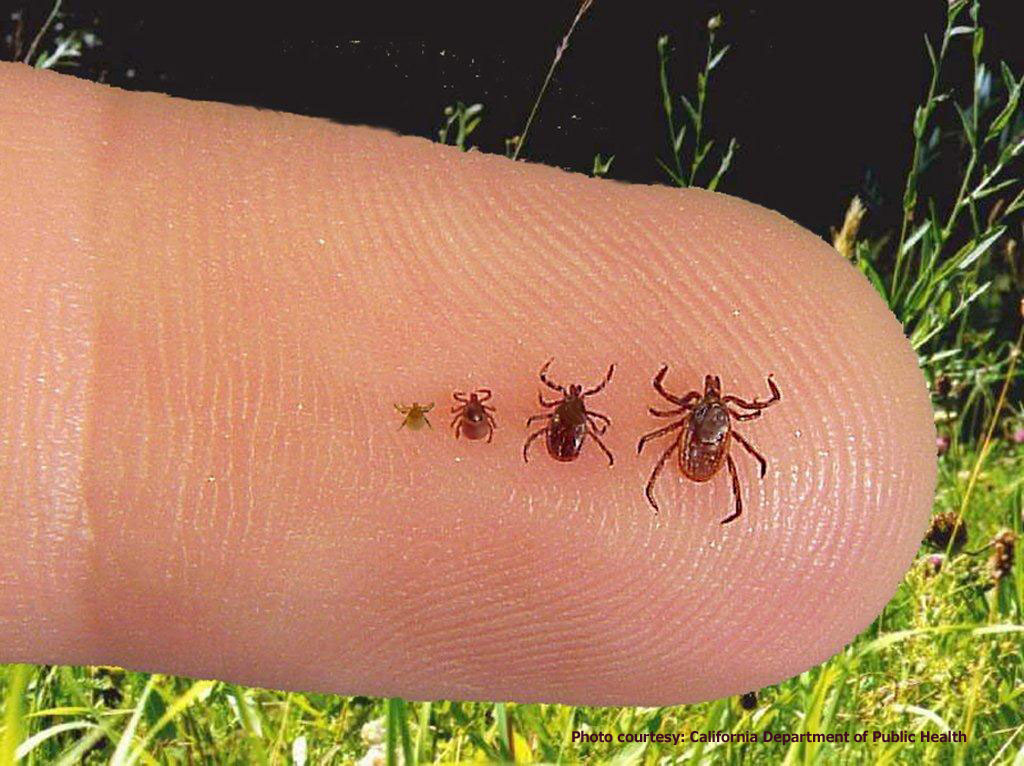
Flickr
Ticks may be tiny, but they are deadly, and their saliva is what makes them so dangerous. When a tick bites, its saliva contains compounds that numb the area, making the bite virtually undetectable. It also prevents the blood from clotting, allowing the tick to feed undisturbed for hours or even days. Even more alarming, ticks can transmit serious diseases, such as Lyme disease, through their saliva. This sneaky, gross method of feeding makes ticks incredibly effective parasites, silently drawing blood while also putting their hosts at risk of dangerous infections. Saliva, in this case, is both a tool for survival and a carrier of disease.
12. Slug-Like Velvet Worms

Flickr
Velvet worms are true masters of spit-based hunting. When they detect potential prey, these fascinating creatures shoot sticky slime from their mouths, entangling their victims in a gooey, almost instantaneous web. The saliva hardens quickly, immobilizing the prey in place and rendering it helpless. This allows the velvet worm to move in and deliver a fatal strike with ease. The method is as fascinating as it is horrifying—like a living, gooey glue gun, trapping and neutralizing prey with remarkable efficiency. It’s a unique and terrifying example of how saliva can be used as a powerful hunting tool in the natural world.
13. Rabid Mammals

iStock
Rabies is a terrifying disease, and its spread is heavily dependent on saliva. When infected mammals bite, the virus travels through their saliva and enters the victim’s bloodstream, leading to infection. The disease causes extreme aggression and increased salivation in its host, which not only makes the animal more likely to bite but also makes those bites more infectious. The virus spreads rapidly in this deadly cycle, with saliva acting as the primary weapon. This vicious cycle highlights the role of saliva in the transmission of rabies, making it one of the most dangerous and easily spread diseases in the animal kingdom.
14. Camels

Flickr
Camels may appear calm and composed, but they have a dirty trick up their sleeve—they spit. When feeling threatened or annoyed, camels regurgitate the contents of their stomach and forcefully spit it at their enemy. This smelly, chunky spit isn’t just unpleasant; it’s a highly effective defense mechanism. The foul odor and the thick consistency of the spit can disorient and deter predators, as well as pesky humans, from getting too close. While it might seem like an unusual behavior, this tactic helps camels protect themselves from potential threats in their harsh, desert environments.
15. Pit Vipers
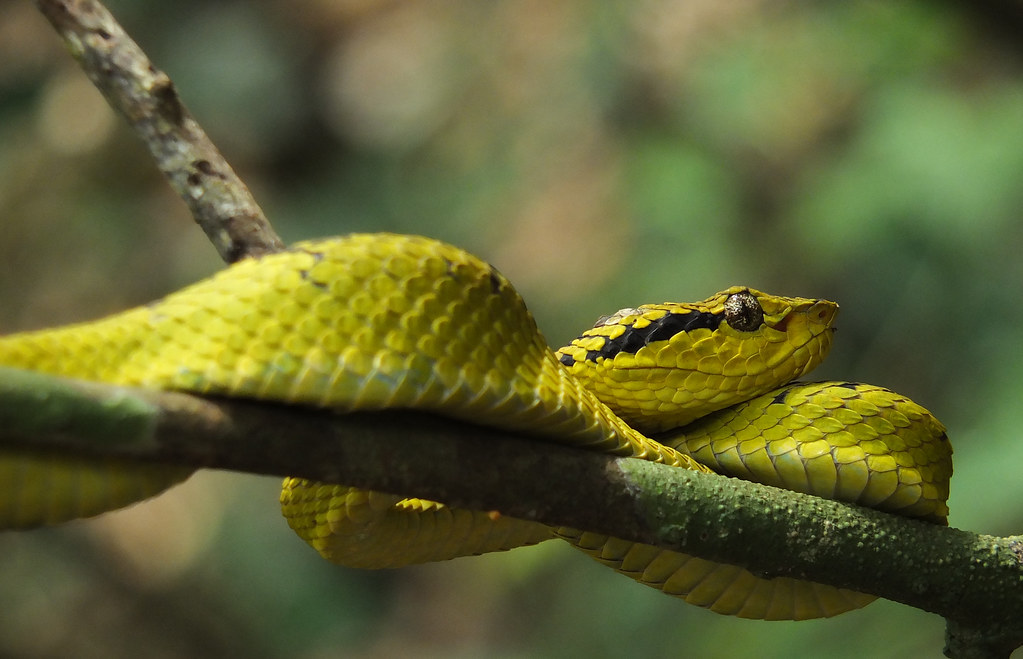
Flickr
Pit vipers, such as rattlesnakes, rely on their venomous saliva to incapacitate their prey. When they strike, their fangs inject a potent venom deep into the bloodstream, which causes paralysis, internal bleeding, and ultimately death. Unlike cobras, which spit their venom, pit vipers deliver it directly through bites, making their saliva a lethal weapon. This venom not only neutralizes their prey quickly but also aids in digestion by breaking down tissues. The ability to immobilize prey with a bite ensures the snake’s survival, making their venomous saliva an essential and highly effective tool for feeding and protection.
16. Frogs (Tungara Frog)

Flickr
The tungara frog uses its saliva in a unique and clever way—by turning it into a protective glue for its eggs. The frog produces a foam made from saliva-like secretions that encase the eggs, shielding them from predators and preventing them from drying out. This foam serves as a durable, slimy barrier, sticking together to form a protective shield around the developing embryos. The surprising strength of the foam ensures the eggs remain safe and secure until they hatch. This clever use of saliva highlights how nature finds innovative solutions for survival, turning a simple bodily fluid into a vital protective tool.
17. Termites
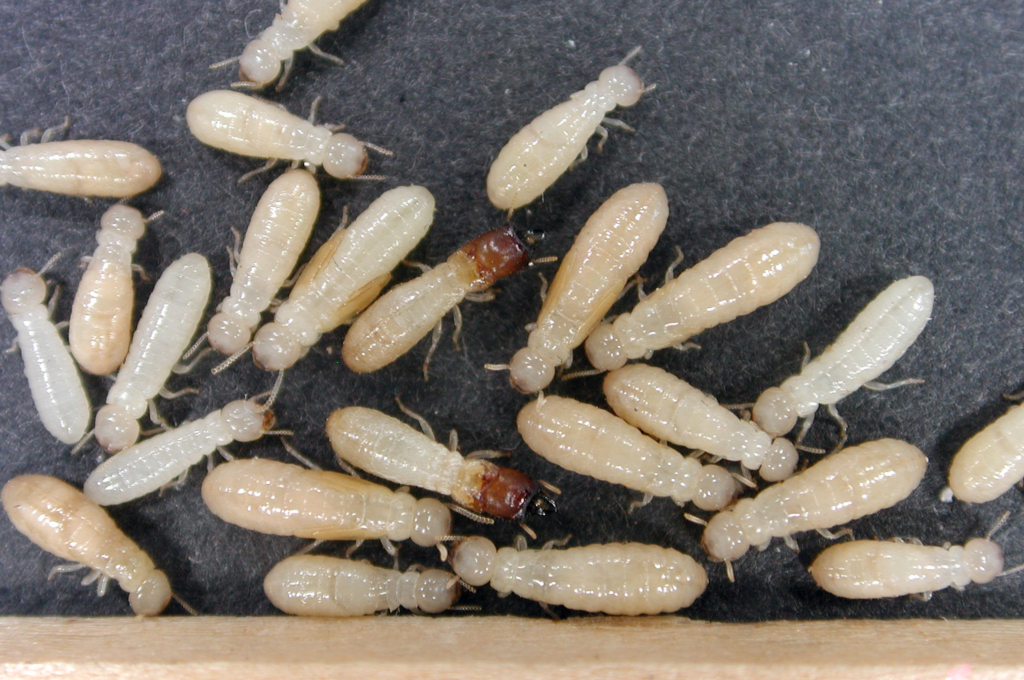
Wikimedia Commons
Certain termite species have an ingenious way of using their saliva to construct their massive, fortress-like mounds. The termites secrete a special saliva that acts as a natural glue, binding together the soil particles and creating sturdy walls that are essential for the colony’s survival. These saliva-based constructions help protect the termites from predators, harsh weather conditions, and environmental threats. While it might seem surprising to think of saliva being used in such a way, it’s a brilliant example of nature’s resourcefulness. It’s less about the “gross” factor and more about how saliva plays a crucial role in building a safe, resilient home.
18. Poison Dart Frogs
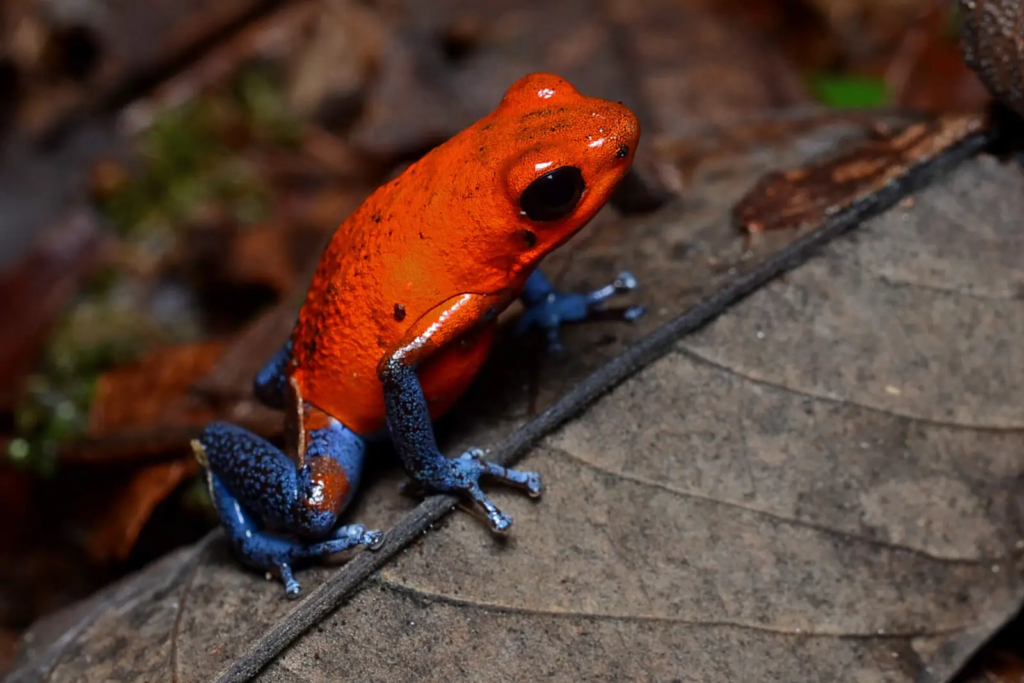
Animalia
Poison dart frogs are well-known for their toxic, brightly colored skin, but their saliva plays a key role in their defense as well. When these frogs consume toxic insects, their bodies process the toxins and distribute them through their saliva and skin. This saliva-based poison is an additional layer of protection, making the frogs incredibly dangerous to predators bold—or foolish—enough to try and eat them. The combination of toxins in their saliva and skin ensures that even a small bite can have deadly consequences, solidifying their reputation as one of nature’s most effective and strikingly beautiful defenders.
19. Komodo Dragons
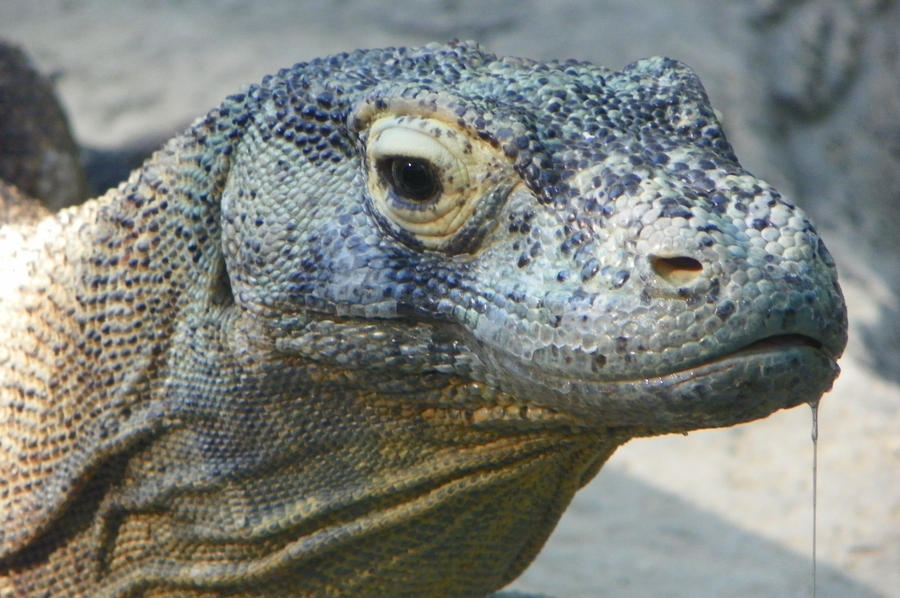
DeviantArt
Komodo dragons take “gross” to a whole new level with their deadly saliva. Their saliva is a toxic cocktail of bacteria and venom, which they use to subdue their prey. When a Komodo dragon bites an animal, the toxic saliva prevents the wound from clotting, causing the prey to bleed out or become vulnerable to infection. As if that weren’t enough, these dragons are patient hunters, often following their victim for days, waiting for it to weaken and collapse. It’s not a pretty sight, but this gruesome strategy is incredibly effective, ensuring the Komodo dragon gets its meal without having to chase down its prey.
20. Human Beings

Wikimedia Commons
Believe it or not, human saliva possesses some surprising, weapon-like properties. It contains enzymes, such as lysozyme, that act as a natural defense by breaking down bacteria and helping protect the body from infection. Though humans don’t spit venom like snakes or immobilize predators with sticky glue like certain insects, our saliva still plays a crucial role in survival. It continuously keeps our mouths clean, initiates digestion, and acts as the body’s first line of defense against harmful microbes. While it may not seem as dramatic as the defenses seen in the animal kingdom, human spit is a silent hero in keeping us healthy.


